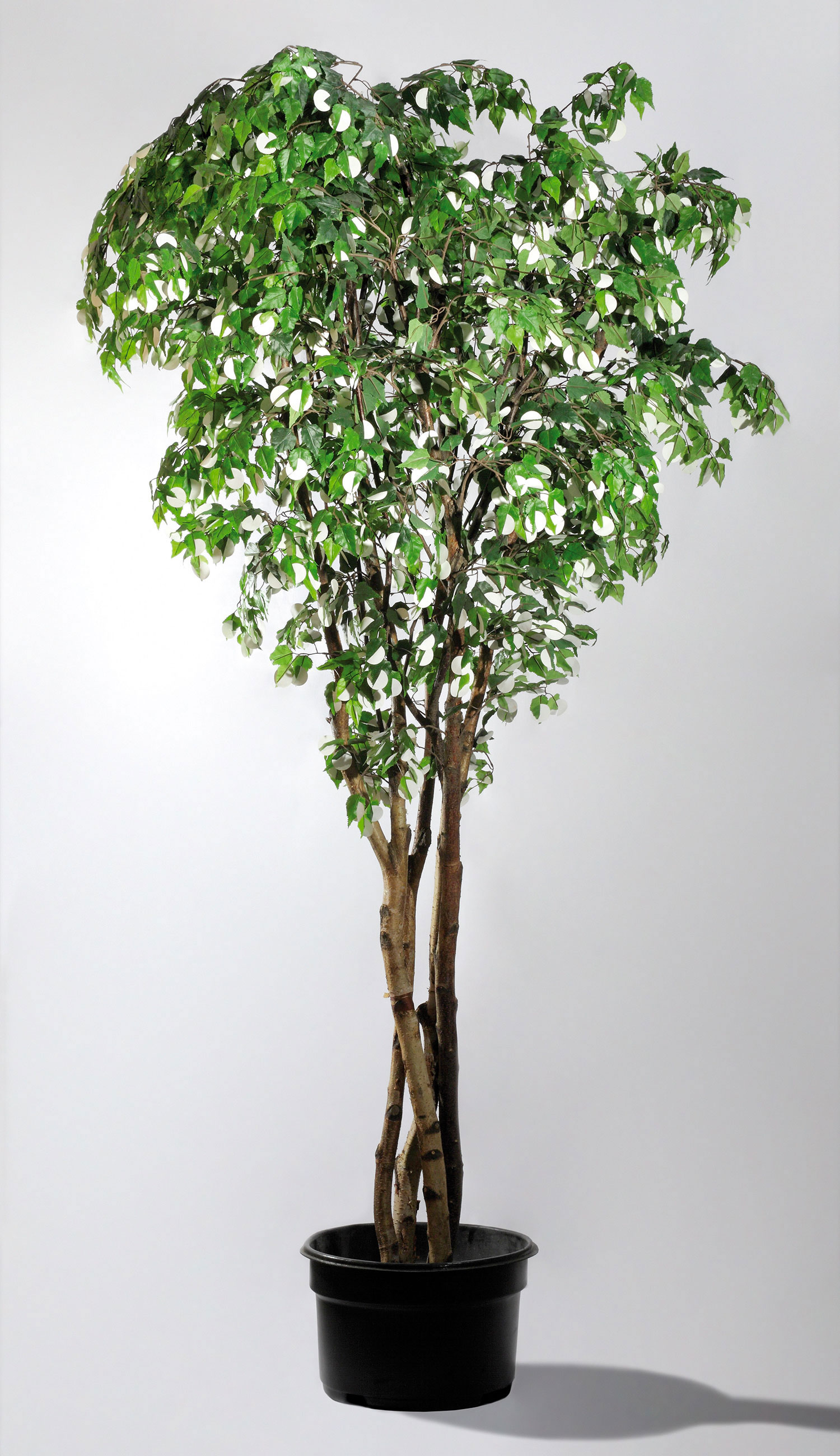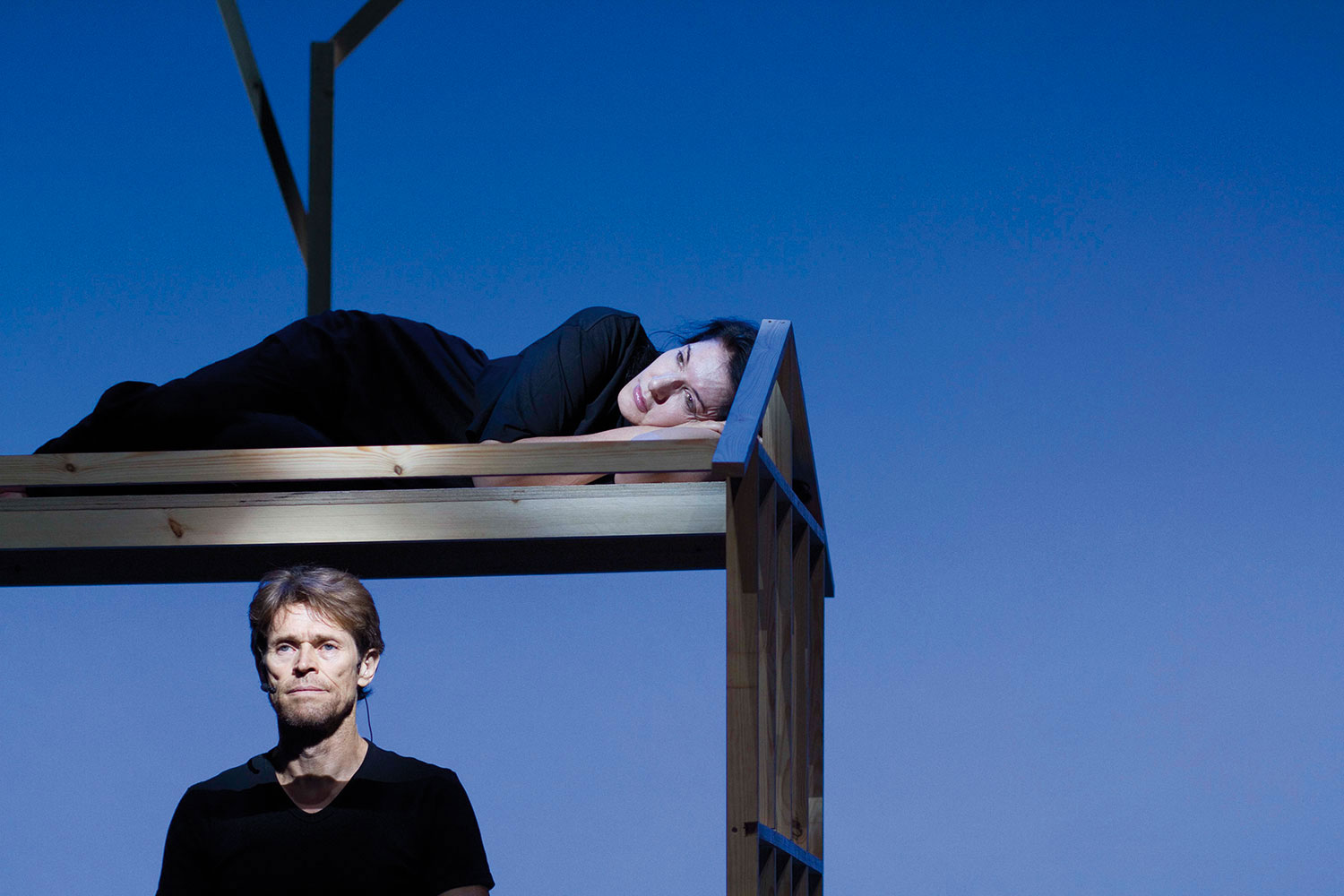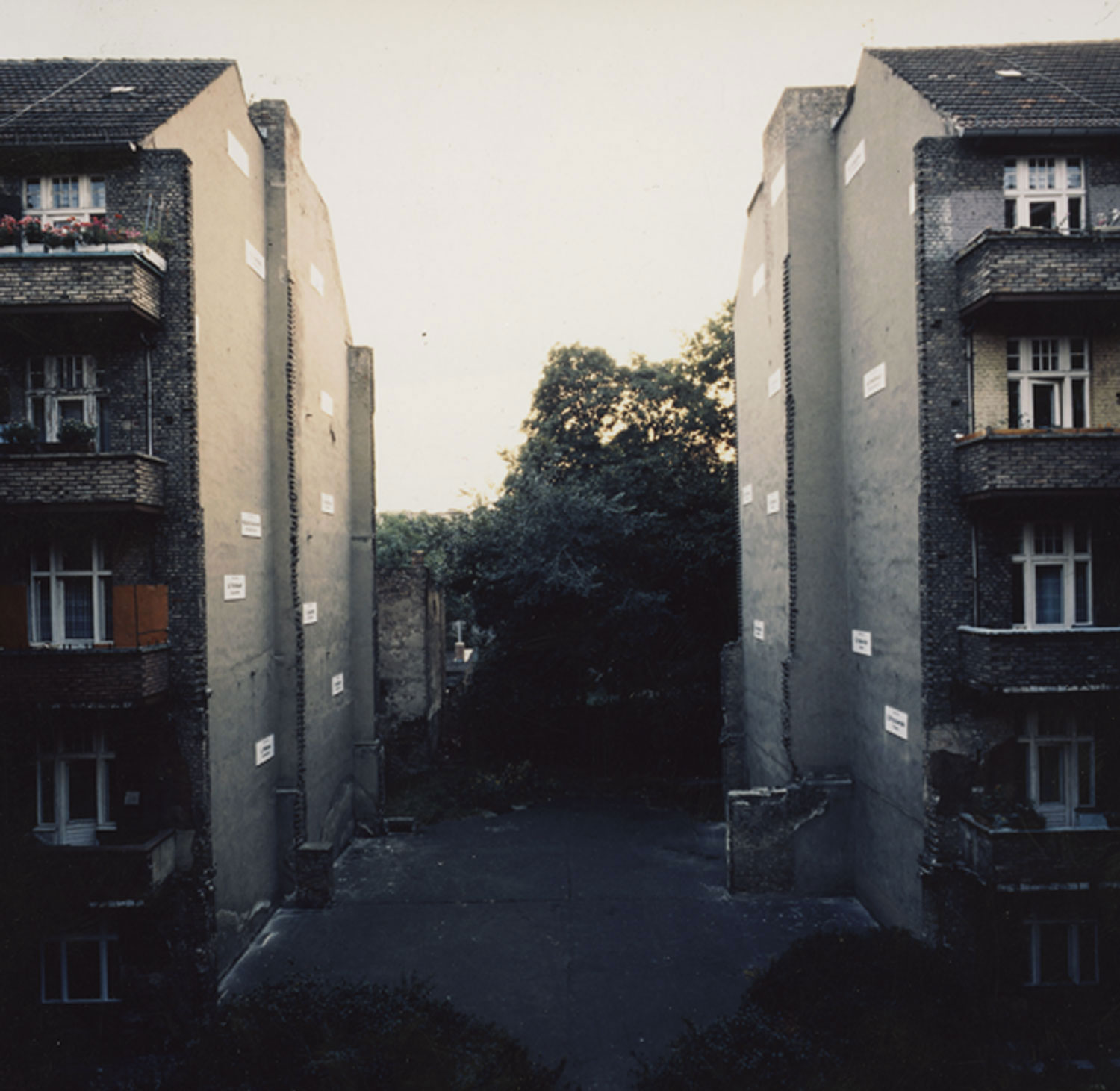
“Loop Line,” Anne-Julie Raccoursier’s exhibit at the Kunsthaus Langenthal, starts with a series of soap bubbles that lead to a golden bell planted on the wall. Titled The Last Reflex (Pavlov’s Condition) (2011), it refers to one of the most successful experiments of Ivan Petrovič Pavlov, when he realized that his dog would start salivating copiously not only in the presence of food, but also anything associated with it, included the ringing of a bell that the Russian scientist had systematically played before supper time. This apparently innocent test is what helped establishing the difference between learned reflexes and congenital ones, or more succinctly, the existence of the principle commonly known as “classical conditioning.”
Classical conditioning and the regulation of impulses are indeed two central elements in Raccoursier’s work. Noodling (2006), one of her early video efforts, is a silent documentary focused on the physical engagement of the participants in an air guitar competition. Voluntarily deprived of their instrument and involuntarily of their sound, their actions highlight the alarmingly strong imaginative work that powers their rapture. Whirligig (2007) captures the French Motored Military Corp. on perfectly identical motorbikes rehearsing choreographed movements for an imminent presidential parade. Similar dynamics are also explored in Non-Stop Fun (2008), where a large group of men and women are seen enjoying the great outdoors by happily bouncing on white gym balls, or, more subtlety, in Hooligans (2010), where an attentive look reveals that the crowd populating the stands during a football match is actually painted on a gigantic banner in order to avoid the impression of a depressingly empty stadium.

One of the big lessons learned from mass behavior, as Charles MacKay pointed out in his classic Extraordinary Popular Delusions and the Madness of Crowds (1932), is that hysteria is infectious. Sport, music and religion are logical camps to explore such phenomenon, and the pivotal question rising from Raccoursier’s videos is not just why those human reactions take place at all, but rather why they don’t when filtered by a third party. The immediate response to her recontextualization of these collective comportments is of disconcert or hilarity, and yet Raccoursier’s presentation is perhaps neutral but definitely not cynical. The viewer is hit with the realization that the detached perspective of the outsider is a condition not only applicable to popular culture or politics, but to all different micro-systems, including the experience of contemporary art — as Untitled (2011), a sculpture overlapping a neon sign reading “Reflex” with the artist’s signature, wittily synthesizes.
Despite its tight relationship with philosophy and science, Raccoursier’s behavioral investigation is also capable of romantic moments. Chain Steam (2011) is a nine-minute projection featuring the skyline of a city with its chimneys puffing at full blast. Abetted by the sunrise light and the artificially increased speed, the smoke columns eventually overcome the initial feeling of gray misery, conveying the unexpected importance of these ordinary moments.





